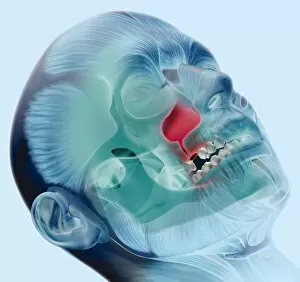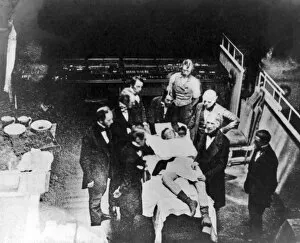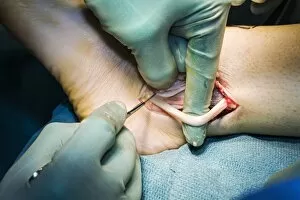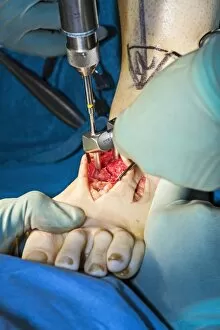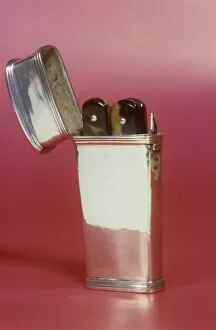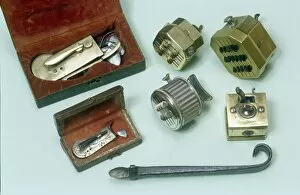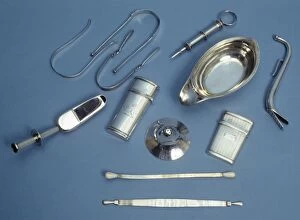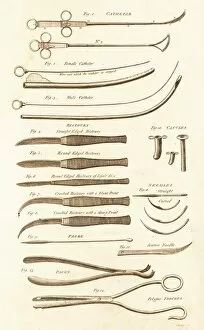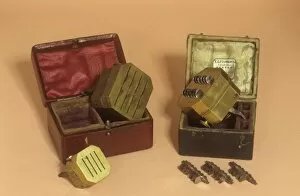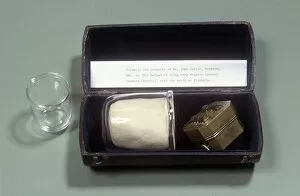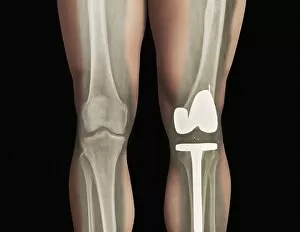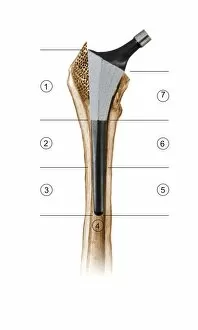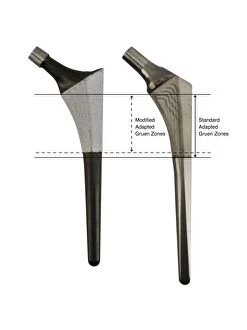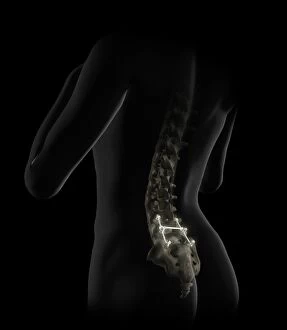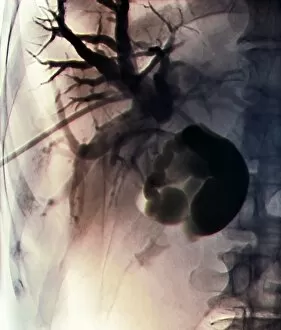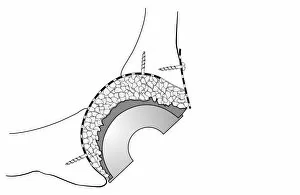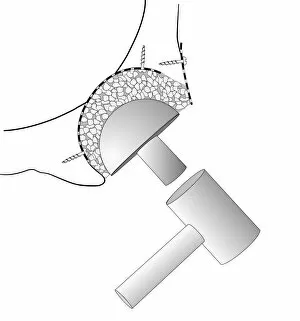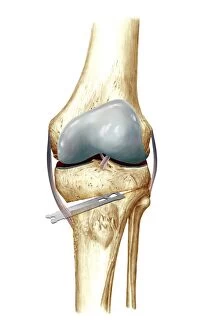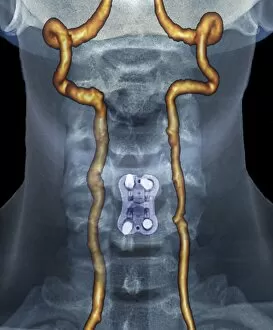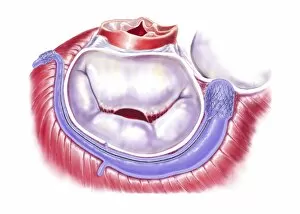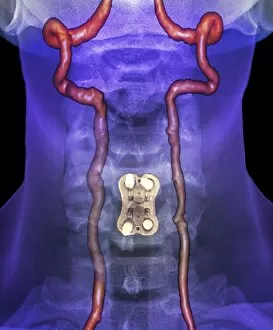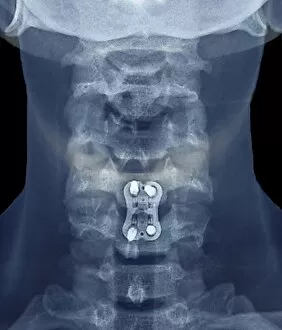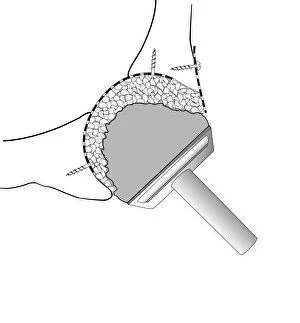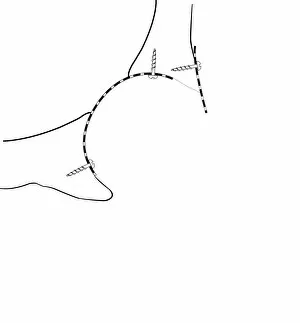Surgical Collection (#7)
"Surgical Marvels: From UFOs to Cattle Mutilation
For sale as Licensed Images
Choose your image, Select your licence and Download the media
"Surgical Marvels: From UFOs to Cattle Mutilation, Unveiling the Intriguing World of Medical Advancements" Step into the fascinating world wonders as we explore a myriad of captivating hints that have shaped the field throughout history. Delve into the enigmatic realm where Ufos and cattle mutilation intertwine with Joseph Gray and Sons, Surgical Instrument Makers, Truss Works and Star Works on Boston Street - an intriguing trade card from 1890 that leaves us pondering their connection. Travel back in time to the 14th century through trepanation's hauntingly beautiful artwork, showcasing ancient techniques used for cranial surgery. Witness nurses closely observing surgeries, their unwavering dedication evident in every watchful gaze. Marvel at X-ray images revealing total hip replacements, a testament to modern medicine's ability to restore mobility and improve lives. Journey further into medical history with Calots spinal surgery in the 19th century; a groundbreaking procedure that revolutionized treatment for spinal conditions. Behold Goetz von Berlichingen's artificial hand – an extraordinary creation embodying both artistry and functionality. Satirical artwork depicting barber-surgeons reminds us of how far we've come from those unconventional practices. Discover Hugh Owen Thomas, a Welsh surgeon whose contributions continue to shape orthopedic care today. His legacy lives on through his revolutionary methods that transformed patient outcomes forever. Witness heartwarming moments between sister and patient at Convalescent Police Seaside Home in Hove – a reminder of compassion amidst healing journeys. Conceptual artwork unveils eye surgeries' intricate nature while Pasteurs Jubilee celebrations transport us to an era celebrating scientific breakthroughs. Join us as we unravel these surgical mysteries – each hint offering glimpses into humanity's relentless pursuit of knowledge and innovation within this awe-inspiring field.










